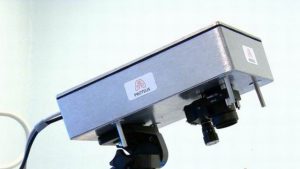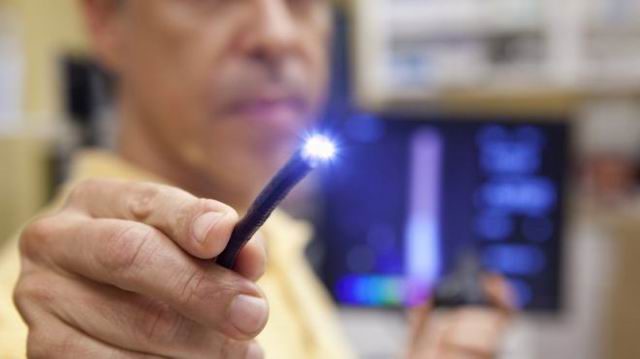No wonder the technology is creating miracles day by day. The recent proof of this advancement is a camera developed by Scientists that can see all the way through the human body.
The major use of this camera, known as endoscopes is in hospitals as the device has been designed to assist doctors to track medical tools, during internal body examinations.
Before the invention of this speculative camera, medics have had to rely on costly machines and scans, like X-rays, to trace and examine their progress.
The function of the latest camera is to detect the light sources within the human body, such as the enlightened angle of the endoscope’s extended flexible tube.
Prof Kev Dhaliwal, from the University of Edinburgh, said: “It has immense potential for diverse applications, such as the one described in this work.
“The ability to see a device’s location is crucial for many applications in healthcare, as we move forwards with minimally invasive approaches to treating disease.”

The accuracy level of seeing Tissues and organs
The results of early tests have indicated the performance of prototype device can easily track a point light source via 20cm of tissue under standard or normal conditions.
Beams of light from the endoscope can pass from side to side in the body, but frequently scatter or rebound off tissues and organs rather than going straight through.
The new camera is capable to successfully detect the individual particles, called photons (known as packets of light) and is so perceptive that it can grasp small traces of light passing through tissue.
The new camera is also proficient to record the time consumed for light to pass through the body, which shows the device is the same as intelligent to functions and to work out exactly where should be.
Researchers have finally developed the new camera so it can be used at the patient’s bedside.
The project was held with mutual corporation between the University of Edinburgh and Heriot-Watt University – is part of the Proteus Interdisciplinary Research Collaboration, which is developing a series of innovative and new technologies for diagnosis and treating lung diseases.
Dr. Michael Tanner, of Heriot-Watt University, stated: “My favorite element of this work was the ability to work with clinicians to understand a practical healthcare challenge, then tailor advanced technologies and principles that would not normally make it out of a physics lab to solve real problems”.
He added, “I hope we can continue this interdisciplinary approach to make a real difference in healthcare technology.”




